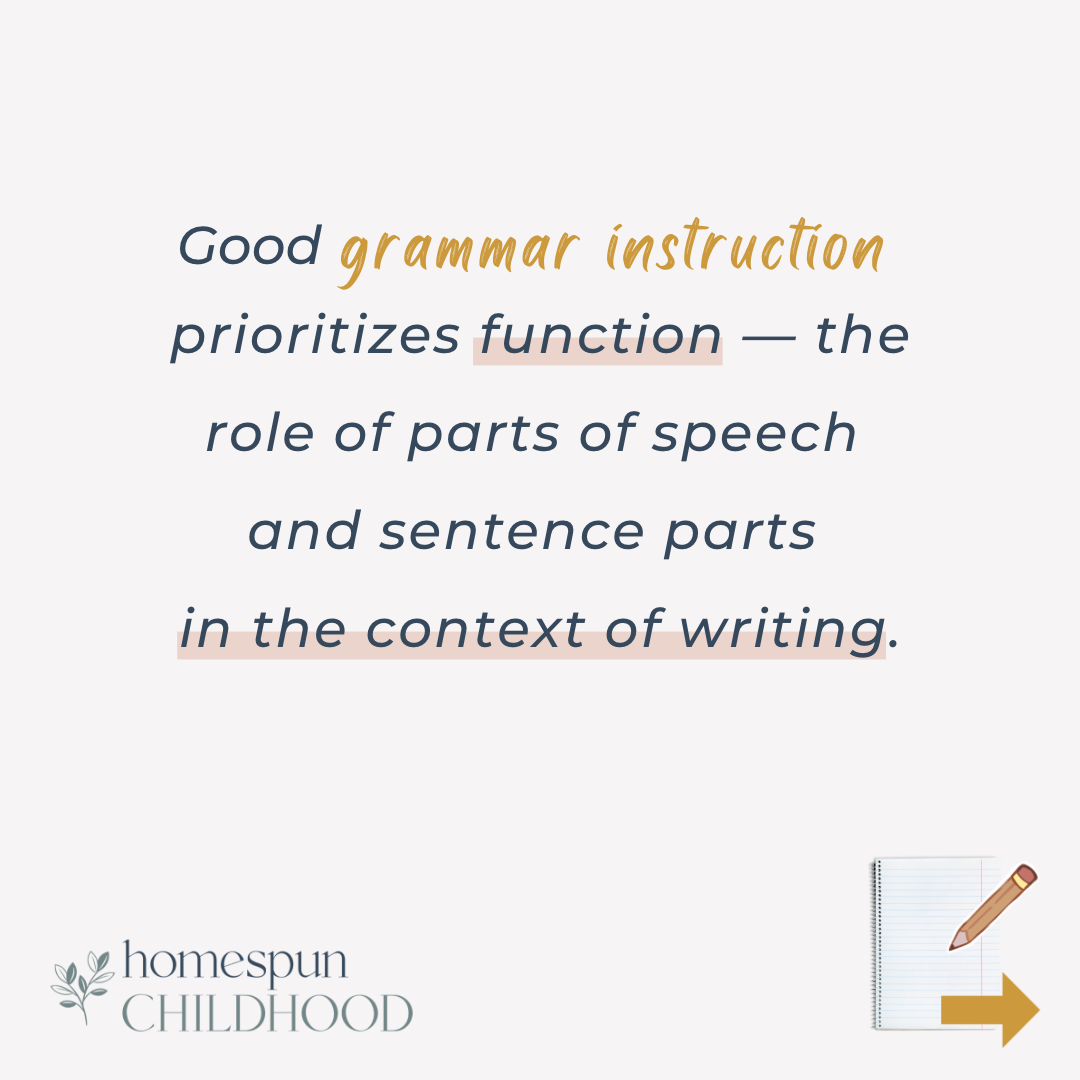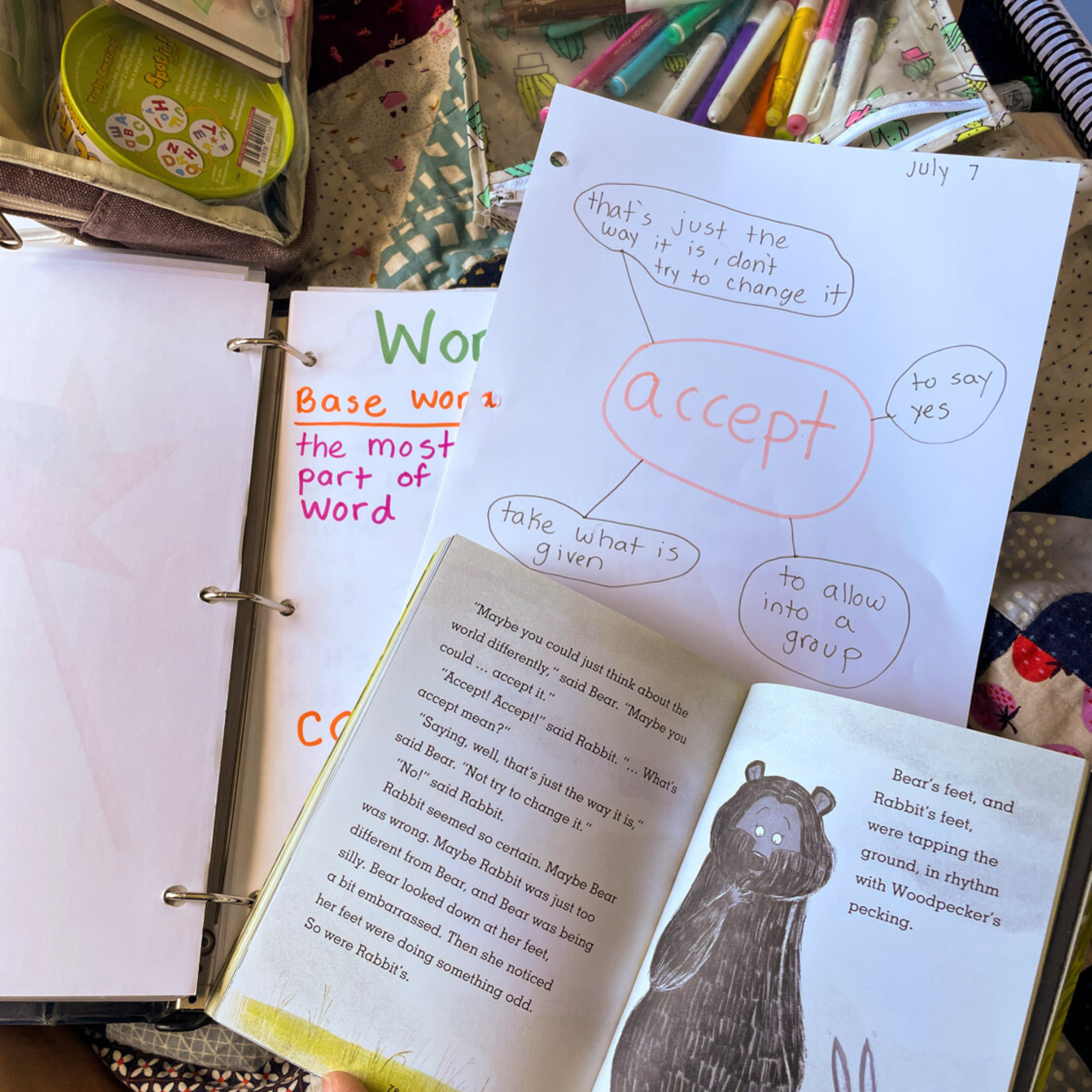Structured Literacy in Homeschooling
As homeschoolers, we can customize our children's education and choose the best approaches to ensure their success. When it comes to literacy instruction, structured literacy has emerged as a highly effective method that equips students with strong reading and writing skills. In this blog post, we'll dive into structured literacy and explore its benefits for homeschooling families.
What is Structured Literacy?
Structured literacy (SL) is an approach to literacy instruction that focuses on explicit and systematic teaching of all essential components of literacy, including foundational skills (decoding, spelling) and higher-level literacy skills (reading comprehension, written expression).
In structured literacy, teachers/home educators provide clear explanations and models of key skills, avoiding the expectation that children will infer these skills solely from exposure. Instruction follows a well-organized sequence, with prerequisite skills taught before more advanced ones.
It combines systematic and explicit instruction with multisensory techniques to support students in developing strong reading, writing, and spelling abilities. Structured literacy instruction is grounded in scientific research and benefits all learners, especially those with language-based difficulties, including dyslexia.
What is Systematic and Explicit Instruction?
Systematic instruction follows a well-organized and coherent order, building upon previously learned concepts or skills. It ensures learners grasp foundational knowledge before moving on to more advanced or complex material. The instruction is organized systematically to provide a clear and coherent path for learners to follow, allowing them to develop a solid understanding of the subject matter.
Explicit instruction, on the other hand, involves directly teaching learners the skills, strategies, or concepts they need to acquire. It leaves no room for assumptions or guesswork, as teachers provide explicit and precise explanations, modeling, and demonstrations. Learners are guided through the learning process step-by-step, with clear explanations, examples, and practice opportunities.
In combination, systematic and explicit instruction aims to provide a structured and focused approach to teaching, leaving no gaps in knowledge or understanding. It ensures learners receive explicit guidance and instruction, eliminating ambiguity and confusion. This approach is particularly beneficial for teaching foundational skills, such as reading, writing, and mathematics, as well as other subject areas where a systematic and explicit approach can enhance learning outcomes.
By employing systematic and explicit instruction, educators can support learners in acquiring and mastering new skills, building a strong foundation of knowledge, and promoting deep understanding. This approach helps to ensure that learners have a solid grasp of essential concepts and can apply them effectively in various contexts.
Key Components of Structured Literacy:
1. Phonological Awareness:
Phonological awareness refers to the ability to identify and manipulate the sounds of spoken language. It lays the foundation for reading and involves activities like rhyming, segmenting, and blending sounds.
See the IGTV video here.
2. Phonics:
Phonics instruction teaches the relationship between sounds (phonemes) and their corresponding written symbols (graphemes). It involves explicit teaching of letter-sound associations, decoding strategies, and word analysis skills.
See all the slides here.
3. Fluency:
Fluency encompasses accurate and automatic word recognition, prosody, and comprehension. It involves repeated reading, modeling fluent reading, and providing ample practice opportunities.
Check out this reel on continuous blending, a word-level fluency strategy.
Morphology:
Morphology explores the study of meaningful units in language, such as roots, prefixes, and suffixes. Understanding morphemes helps students with vocabulary development, word analysis, and spelling.
Check out this reel and the word study highlight for more on developing morphology instruction.
Vocabulary
Building a strong vocabulary is crucial for reading comprehension and written expression. Structured literacy instruction includes explicit vocabulary instruction, word meaning strategies, and exposure to rich language experiences.
Check out this series on integrating content areas and language arts for more on best practices in vocabulary instruction.
Syntax and Grammar
Understanding sentence structure, grammar rules, and syntactic conventions enhance reading comprehension and effective written communication. Structured literacy instruction incorporates explicit teaching of syntax and grammar principles.
See this post for more on grammar and instructional resources.
Semantics
Semantics focuses on the meaning of language. Instruction in semantics helps students understand the meaning of words, sentences, and texts, enhancing reading comprehension.
The use of appropriate instructional materials is crucial in structured literacy. As homeschoolers, we should select an evidence-based curriculum that utilizes a sequence of phonics materials, progressing from simpler to more complex patterns. Children should read books that contain the phonics word patterns they have been taught, ensuring a coordinated development of decoding skills and reading comprehension. Spelling instruction is also coordinated with decoding, reinforcing both skills.
Want to dive into teaching reading from a structured literacy framework in your homeschool?
Check out my new course, Foundational Reading Instruction.
Not sure where to start with choosing a reading curriculum? Check out this post. 👇🏻
Examples of Structured Literacy Instruction:
Phoneme-Grapheme Mapping: In structured literacy, students are explicitly taught the relationship between phonemes (individual sounds) and graphemes (written letters or letter combinations). For example, students learn that the phoneme /k/ can be represented by the graphemes 'c,' 'k,' or 'ck' in different words (e.g., cat, kick, back).
Systematic Phonics Instruction: Structured literacy includes systematic and sequential phonics instruction. Students learn phonics rules and patterns in a specific order, starting with basic skills and progressing to more complex ones. For example, students may first learn the short vowel sounds and then move on to consonant blends and digraphs.
Multisensory Techniques: Structured literacy often incorporates multisensory techniques to enhance learning. For instance, students might use manipulatives, such as letter tiles or sand trays, to practice blending and segmenting sounds in words.
Literacy Instructional Practices That Have Been Proven to Be Ineffective
Whole Language Approach: Unlike structured literacy, the whole language approach emphasizes students' immersion in authentic reading and writing experiences, with less emphasis on explicit phonics instruction. Whole language instruction may rely more on guessing words from context rather than systematic decoding skills.
Memorization of Sight Words: While sight word recognition is a literacy component, structured literacy goes beyond mere memorization. It provides students with strategies to decode and understand words based on phonics and word analysis rather than relying solely on rote memorization.
Incomplete or Inconsistent Phonics Instruction: If phonics instruction is not systematic or if certain phonics patterns and rules are skipped, it deviates from the structured literacy approach. In structured literacy, all essential phonics patterns are taught explicitly and in a logical sequence.
Diagnostic and prescriptive instruction also plays a crucial role in supporting students' literacy development. This individualized approach ensures that our students receive the right level of support and instruction, maximizing their growth and progress. Diagnostic and prescriptive reading instruction empowers us to make informed decisions and adapt our teaching methods to meet the diverse needs of our children. For more on diagnostic and prescriptive instruction, check out this blog post.
Structured literacy is a powerful approach to literacy instruction that empowers homeschooling families to teach reading and writing skills effectively. By explicitly teaching phonics, spelling, and other literacy components, structured literacy equips students with the tools to decode words, understand texts, and express themselves in writing. It promotes a solid foundation in reading and writing skills, fostering confident and proficient readers and writers.















